Orosi valley is one of the most beautiful, yet fairly untouched, region of Costa Rica. Barely 30 kilometers from the capital city San Jose, it is a miracle that this valley remains so pristine and the settlements so quaint. Surrounded by volcanos, hills, and lush green forests, the valley is the ideal place to stay for a few days and just walk around, especially if you have time on your hands.
The valley is also a popular spot for birders because of the huge variety of birds that live here. With so many habitats merging, you see flycatchers, parrots, tanagers, hummingbirds, three-wattled bellbirds, motmots and what not. Moreover the city of Cartago, which is built in the Orosi valley is steeped in history.
A Spanish colonial past gives Orosi valley a rich historical heritage, of which the three churches that we are going to talk about today, stand out. These buildings, each unique in its own way, give the city and valley a unique character. You will see the buildings if you choose to take the Orosi valley tour from the San Jose city. But be careful to research the prices. Because of so many tour operators and websites offering these packages, it is easy to end up choosing something expensive. You will then end up with a feeling of having been taken for a ride - literally as well as figuratively.
Anyways, coming back to the first church that we visited - Colonial Church of Orosi - it is a small and most unconspicuous building in Cartago. At one glance, you will never guess that the building is about 250 years old. In fact it is one of the oldest buildings of Costa Rica and a symbol of the country's Spanish colonial past.
The Colonial Church was built in 1767 and was designated a National Monument in the year 1985. This is also the place where the museum of religious arts is currently located. The Church has been restored twice in 1976 and 1980 and the current structure, as it stands, is simple yet pretty and is surrounded by a small lawn with some lovely flowers.
When we got here, the church itself was locked, but there were two really friendly dogs around. For some reason, of the four people present they chose to hang out with me. One of them had a heart-shaped black spot on one side. I tried but could not get a picture. Do watch out for these dogs when you visit this church. They are adorable. Anyways, our guide managed to contact someone and that person was able to get the church open for us. It felt quite awesome.
The second church we visited was the Basilica of Our Lady of the Angels. This Church is located in Cartago and is a much more imposing building when compared to the Colonial Church. This Church was built in the year 1639 and was partially destroyed by an earthquake. It was restored in 1939. The current building combines colonial and Byzantine architecture.
Not only is this church quite beautiful, it is also home to beautiful Crimson-Fronted Parakeets. These birds are easy to identify because of the measles-like red spots on its face. These parrots are social creatures and like to live around human habitats and forest edges. However, they cannot tolerate being disturbed too much.
The last church we saw was just in passing from our car. Though these appear to be ruins of a church, it is actually a case of abandoned construction. The structure is known as Ruinas de Cartago, which I am pretty certain translates to Ruins of Cartago. Even though the building is incomplete and is decaying, it is beatiful in a melancholic way. In fact, I absolutely loved the look of it.
Of these three churches, I absolutely loved Ruinas de Cartago. But the other two, too, are beautiful. What is amazing is that all of these buildings have their unique characters and are so different from one another that you should definitely visit all three when you visit Cartago and Orosi Valley. It will be worth it.
Related Blogposts -


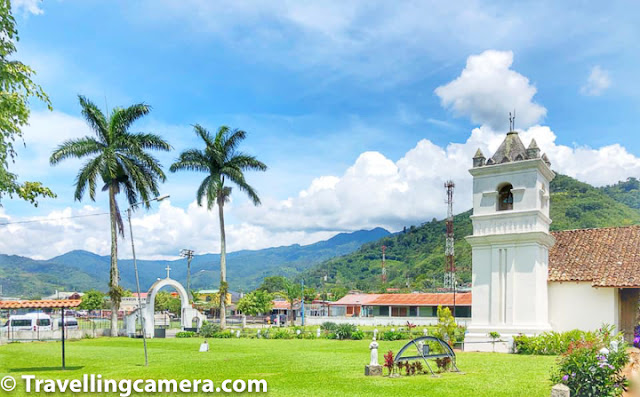






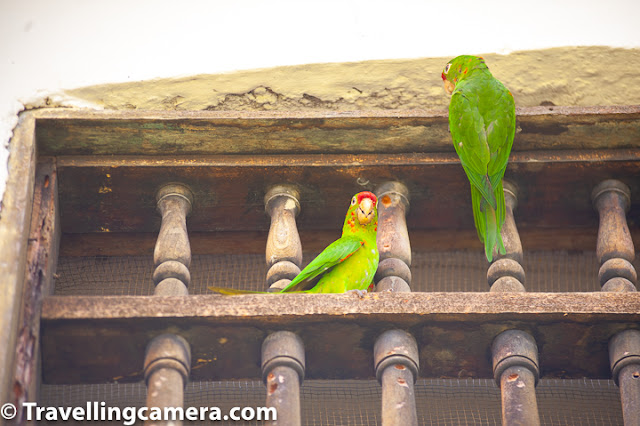





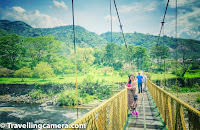


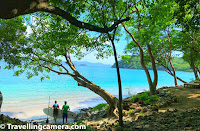




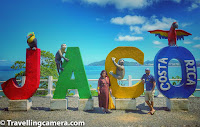





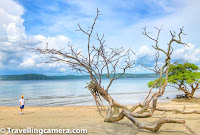

.jpg)
Comments